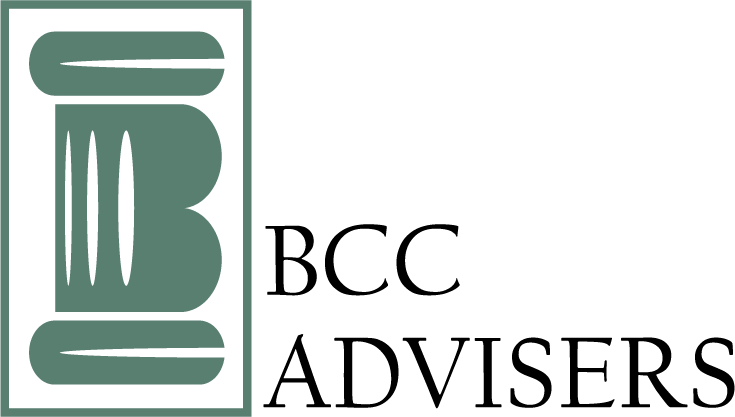Valuing health care providers in the age of COVID-19
January 4, 2022
Health care valuations have become particularly challenging during the pandemic. Here’s an overview of ways business valuation professionals are adjusting their analyses to cope with market disruptions and uncertainty about the future of this industry.
A brave new world
The pandemic has affected health care providers in various ways — some positive, some negative. For example, acute care hospitals and some primary care practices have benefited from increased utilization of their services and higher reimbursement rates for certain COVID-related care. By comparison, those that offer elective or nonessential services, such as dentists, psychologists and plastic surgeons, may report lower revenue, and some have even had to furlough or lay off staff (or rely more on contracted labor).
Myriad other COVID-related factors may affect the value of a health care provider. Notably, providers are spending more on personal protective equipment, cleaning supplies and COVID-19 testing. Many are also experiencing shortages of skilled labor, particularly if staff resist a vaccine mandate.
Moreover, hackers may try to exploit weakened internal controls — due to staffing shortages and remote working arrangements — to gain access to a health care provider’s network and data. (See “Mounting risk of cyberattacks in health care”.)
Virtual care
In response to the pandemic, the Centers for Medicare & Medicaid Services:
Lifted many restrictions on the use of telemedicine,
Expanded it to cover additional services, and
Boosted reimbursement for most virtual care services.
These changes benefit providers that are equipped with the technology to provide telemedicine. But they also can expose those providers to higher malpractice risks related to inaccurate diagnoses and inadequate follow-up. Organizations that are unable to provide care virtually (due to the nature of their services or technological limitations) may be at a disadvantage during the pandemic.
It’s also unclear whether telemedicine is here to stay — or whether the shift is largely temporary. Providers that see the changes as only transitory may be reluctant to invest in the technology and training to offer services virtually.
Market approach
Historical market data may be less relevant in today’s unprecedented conditions. For example, pricing multiples based on public stock prices or comparable private business transactions that happened before the start of the pandemic may not provide reliable benchmarks for current market values.
Plus, pricing multiples are typically based on revenue, profits or cash flows. So, to the extent that these earnings streams are temporarily inflated (or suppressed) by market changes during the pandemic, the use of market-based pricing multiples may skew a valuator’s conclusion. Adjustments can be made to reflect the increased risk, but it can be difficult to support those adjustments using objective market data.
Income approach
Under the income approach, a company’s value is a function of its anticipated economic benefits (in other words, future earnings). But certain methods under the income approach may be more appropriate than others.
Under normal market conditions, it may be appropriate to value a mature company with steady earnings by capitalizing economic benefits for a representative single period. But in today’s uncertain marketplace, the discounted cash flow (DCF) method may be more appropriate for most health care providers than the capitalization of earnings method.
Under the DCF method, the present value of future cash flow is calculated using a risk-adjusted discount rate. This method gives the valuator the flexibility to model the subject company’s future earnings based on current conditions and assumptions about its eventual return to normal operations over the next several years.
An uncertain future
Determining a health care provider’s future earnings requires assumptions about what the industry will look like in the coming years. It’s unclear when the industry will return to normal or the extent to which certain changes will be part of a “new normal.” Valuators can temper this uncertainty by projecting cash flows under multiple scenarios with probability-weighted outcomes.
Sidebar: Mounting risk of cyberattacks in health care
Health care providers’ networks hold significant amounts of sensitive personal information on patients and employees. The Cybersecurity and Infrastructure Security Agency, the FBI and the U.S. Department of Health and Human Services recently issued a joint advisory warning of “an increased and imminent cybercrime threat to U.S. hospitals and healthcare providers.”
While the sector has been distracted with providing quality care to patients during the pandemic, hackers have launched aggressive attacks — such as phishing and ransomware scams — on providers’ networks. Many attacks target remote workers’ less-secure home networks or personal devices that connect to provider networks while the owner is onsite. In light of the recent expansion in telemedicine, it might be prudent for health care organizations to invest in measures designed to mitigate financial losses and preserve long-term value.
An outside forensic specialist can help. In addition to assessing networks for vulnerabilities, outside experts can recommend best practices in network security, such as providing staff training, using multifactor authentication, backing up data, implementing network segmentation and limiting who can access sensitive data where possible. It’s also important for health care organizations to have business continuity, data recovery and patient response plans in place, in case a cyberattack happens.
